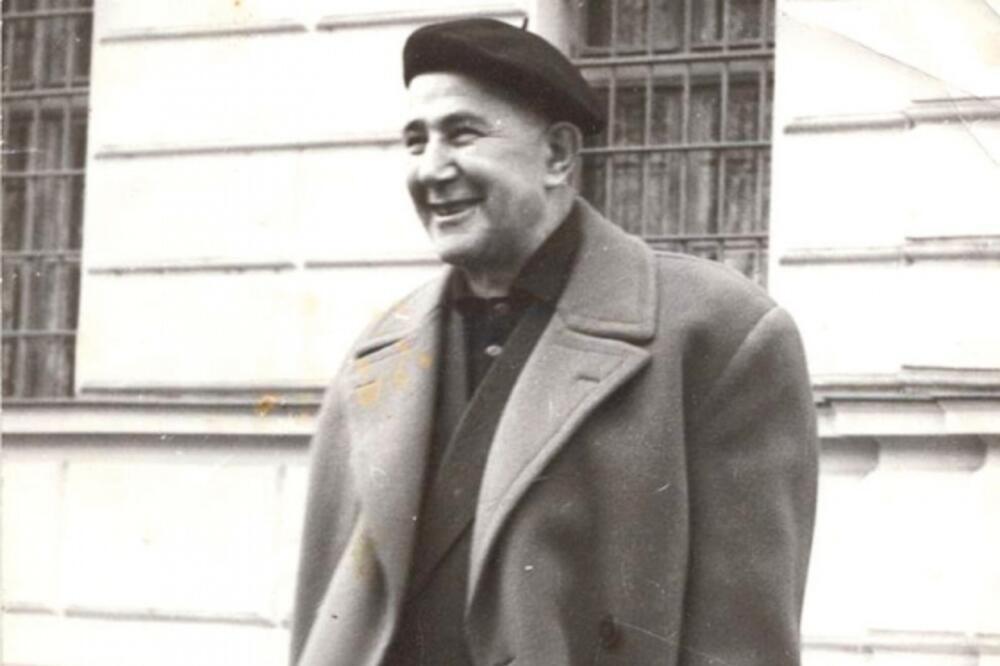(Continuation from last issue)
Although Đilas sometimes finds traces of evil in Montenegrin's distant past, similar to that from the period of Austrian occupation and the time after Montenegrin's immersion in the Yugoslav community, he still puts the norms and codes of the former Montenegro in ethical opposition to the time of the First World War and the first post-war years. Precisely in that period, the demon of division will emerge from the surface of the former epic unity, which will determine the antagonistic Montenegrin reality, extended to the present day. The end of the first chapter opens a new, more bizarre stage of the conflict, in which Montenegrins will no longer bloodshed with the Turks, the Austro-Hungarian army or renegades - it will be perhaps the saddest time in Montenegrin history, in which opponents and supporters of unification will shed each other's blood, this time truly brotherly. Shortly after the end of the war, the komitas will break out into the forests again, with the fact that now they will be rebels against the Karađorđević government, and among them there are also those who were komitas during the Austrian occupation. Through some of these fates, Đilas captures another peculiarity, not very rational, which can often be found in the mentality of Montenegrins. From the character of certain comitas, whose fate is touched upon in this novel, it can be seen that their rejection of the impositions of any government is rather motivated by a stubborn need for rebellion than by some libertarian consciousness of the renegades. This immature anarchy somehow works by itself, it is not produced so much by the desire for justice as by the drive for eternal opposition to the rulers, although, as the history of our regions shows us, these two motives mostly coincided. Remaining in the forest, regardless of the change of government, individual committees will continue to wage their wars. They were, in essence, driven by a more extreme variant of that indomitability that has become an essential characteristic of Montenegrins. Violence and anarchy are features that are often recognized in the character of the Montenegrin man, and the conditions in which he lived show that such a characterology was almost inevitable. Being thrown into the karst sea, which has been the fate of most Montenegrins since the retreat of Ivan Crnojević from Žabljak, is a condition that had to reduce the existence of man in those areas to mere survival, that is, to survival that depended only on his assessments and decisions. The fact that the inhabitant of that harsh environment mainly relied on his ability to survive, and not on the mechanisms of organized society, surely kept him in a state of constant distrust of his own environment. Everything around him happened naturally and he had to doubt everything. The loose control over life - which Petar I Petrović would establish during his more spiritual but secular rule - was devoid of some serious mechanisms of organized government. In the urges and agonies of the Katun karst, his spiritual and moral greatness truly acted as a mission of a higher power. In his Epistles, he will persistently try to standardize the secular moral code, deriving it from Christian ethics, which will only somewhat mitigate the anarchy and selfishness of his flock.
"The Montenegrin was much more of an individual than a tribal man. Montenegro is an unstable tribal society. Only later, in the decline of Montenegro, will it become this patriarchal, rigid scarecrow that we all know." Undermining the thesis about the epic-collectivist character of the Montenegrins, Cerović sees their later tribal organization as an unnatural and violent imposition on the authentic feeling of the Montenegrin man - certainly a rather frustrating feeling, which is the product of great freedom in an environment whose cruelty renders that freedom meaningless. According to Cerović, precisely this disharmony, along with the constant suspicion that the man of that area showed towards an environment insufficiently corrected by culture, are the conditions of special challenges for the individual, and in them, as he believes, Njegoš's genius was reflected: "How did Njegoš feel this political truth, that are disharmony and doubt the conditions of survival and creativity, and that they had to precede, that is, be strained to the breaking point, in the creation of such an unusual society as the Montenegrin one? Maybe by carrying them inside him as a burden of the past and not as an intellectual choice?”
To that matrix, or more precisely - to one of its more down-to-earth subcodes, belong these unbridled committees from Besudna zemlja. Their raw and violent individualism, which neither the state nor the laws could correct, is also a burden of the past, the one in which the individual was mostly left to his own devices. Their survival truly depended only on their personal abilities, as opposition to any system of power was motivated rather by their personal experience of freedom than by conviction, that is, by the desire to defend some great story to which they adhered. They are authentic phenomena, some almost surreal guardians of essential anarchism, which, in essence, makes them so enthralling. Besudna zemlja shows us that even its author was not immune to the seduction of these always-rebels, and it is not an exaggeration to say that in Đilas's biography, above all, in his unsophisticated character and revolutionary temperament, one can recognize that Komit matrix. In all probability, this is one of the drivers of his later rejection in the "forest", which was outside the ideological area of the then Yugoslav one-party system.
(Continued in the next issue)
Bonus video:






